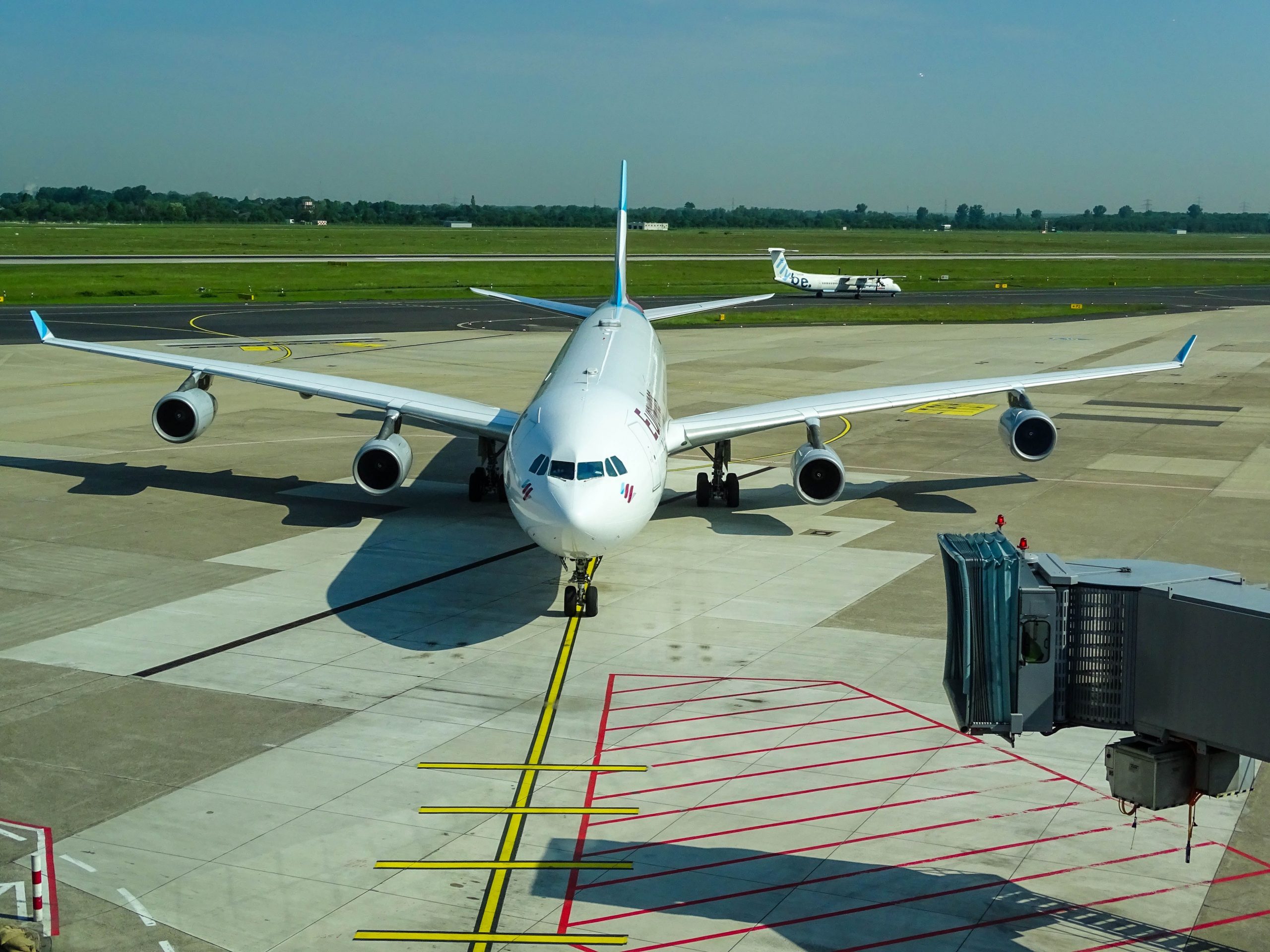United Airlines on Thursday announced plans to buy 15 planes from airline startup Boom Supersonic in a move that could revive the high-speed form of air travel.
Under the commercial agreement, the airlines would purchase Boom’s “Overture” aircraft once the planes meet “United’s demanding safety, operating and sustainability requirements” with an aim to start passenger travel in 2029, the companies said in a joint press release.
Commercial supersonic jet travel was introduced in the 1970s with the Concorde, but the jets were retired in 2003 due in part to the high cost of meeting environmental restrictions on sonic booms.
Also read: DAVINCI+ and VERITAS: All about NASA’s two new Venus missions
What are Supersonic Airliners?
A supersonic transport
or a supersonic airliner is a civilian supersonic aircraft designed to
transport passengers at speeds greater than the speed of sound. The aircraft was developed in the second half of the
twentieth-century and have been used almost entirely for research and military
purposes.
The
first aircraft to fly at supersonic speeds was a Bell X-1 rocket-powered research plane piloted by
Major Charles E. Yeager of the U.S. Air Force on October 14, 1947.
Also read: Beer, haircuts and COVID vaccine: Joe Biden’s plan to reach July 4 goal
Thereafter
many military aircraft capable of supersonic flight was built,
though their speed was generally limited to Mach 2.5 because of problems caused
by frictional heating of the skin of the plane.
The
first supersonic transport was the Soviet Tupolev Tu-144, which had its first supersonic flight in June
1969 and began flying mail between Moscow and Alma-Ata (Almaty) in 1975.
Also read: Bob Baffert, Medina Spirit and Kentucky Derby: All about the doping scandal
The
first supersonic passenger-carrying commercial airplane, the Concorde, was built jointly by aircraft manufacturers in
Great Britain and France; it made its first transatlantic crossing on September
26, 1973, and entered regular service in 1976.







